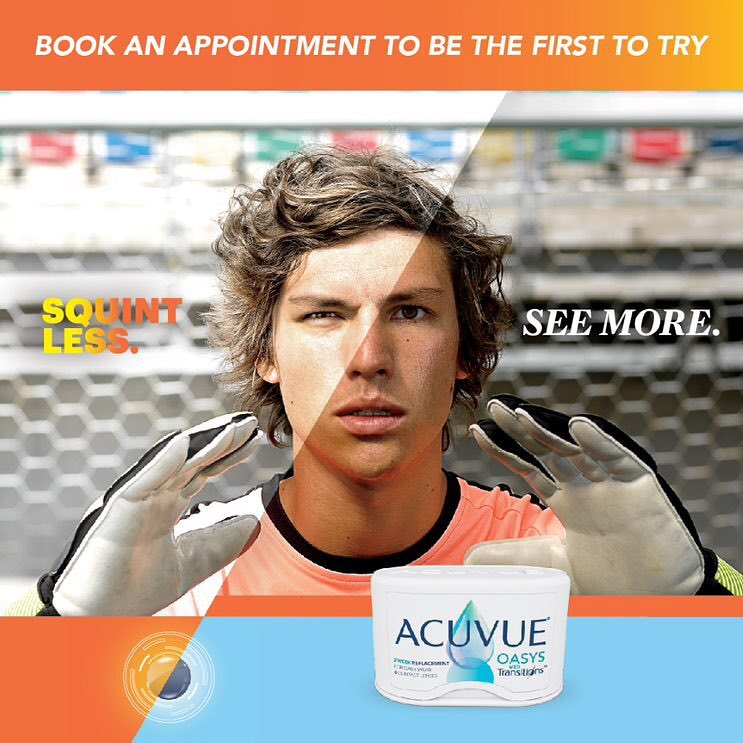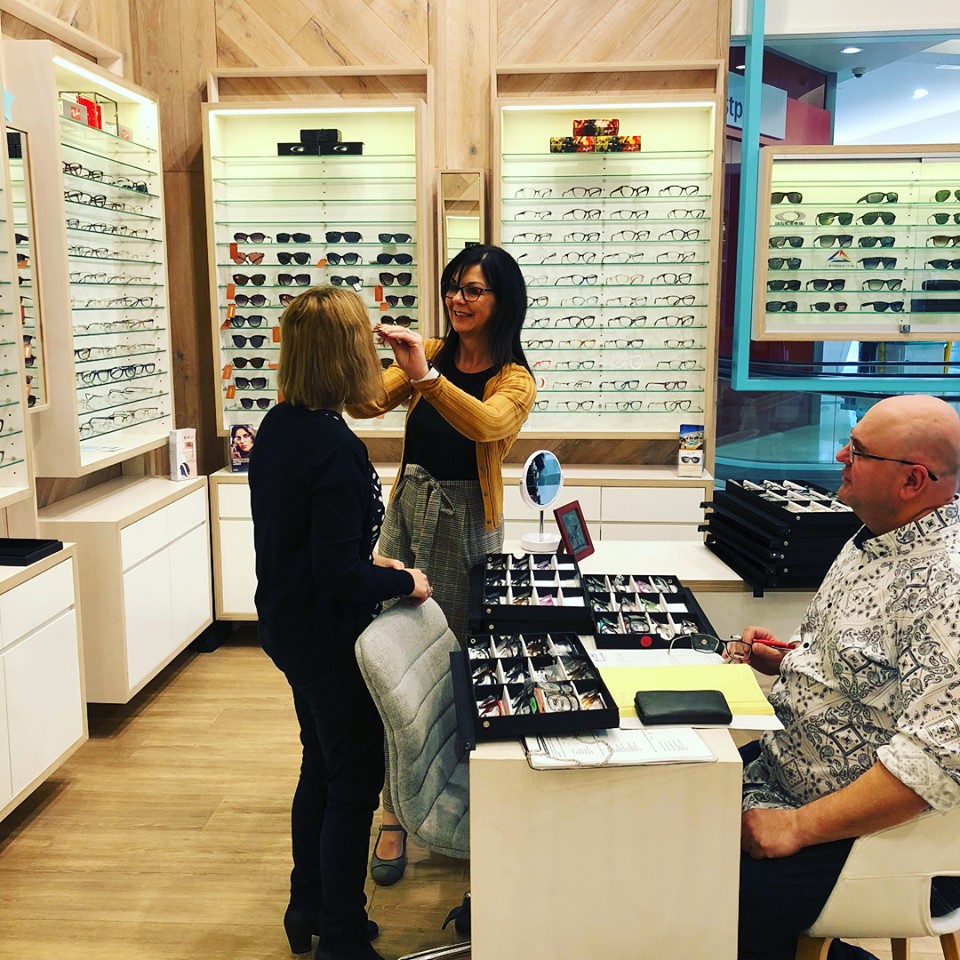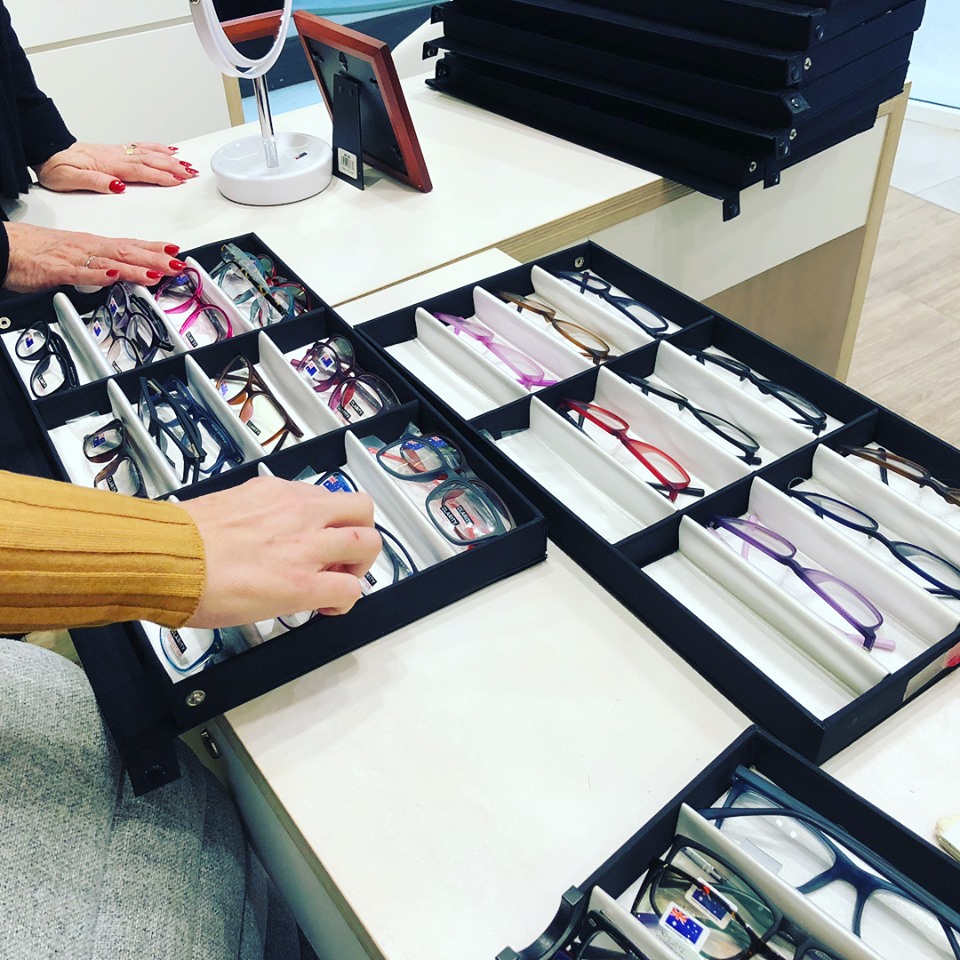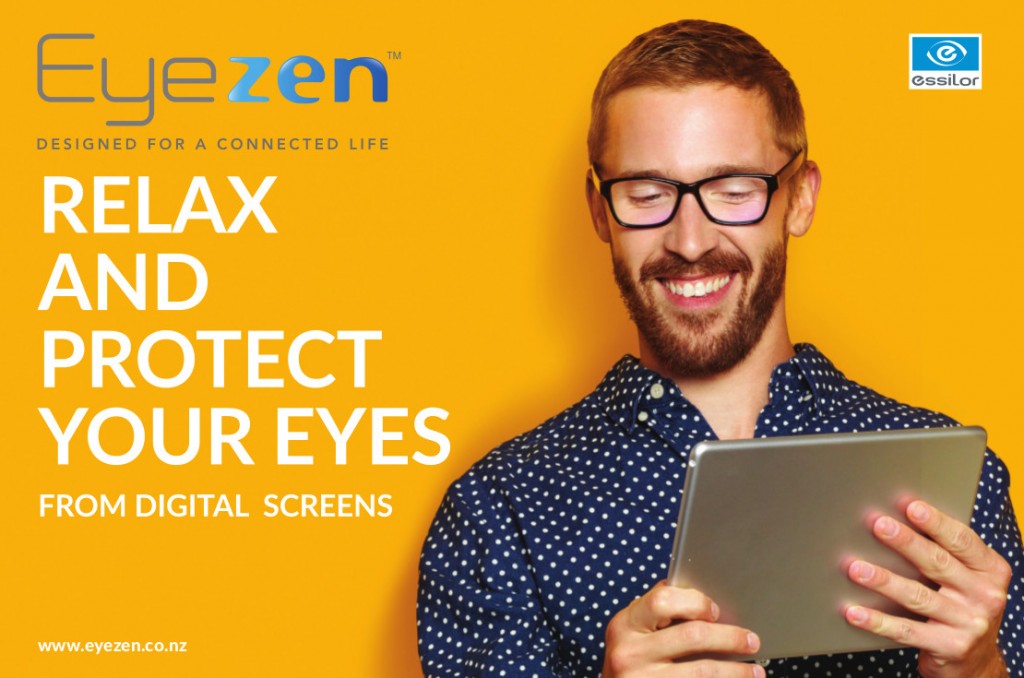COOPER & LOURIE FAMILY OPTOMETRISTS
DR. GEOFFREY N. COOPER
Hey, congratulations! You are now listed as one of the Top 3 Optometrists in Perth, WA in 2020.
We would like to Thank You for providing consistent high-quality service in your area of business. Our review team either approved or updated your business listing using our rigorous 50-Point Inspection which includes everything from checking reputation, history, complaints, ratings, satisfaction, nearness, trust, cost, and general excellence.













